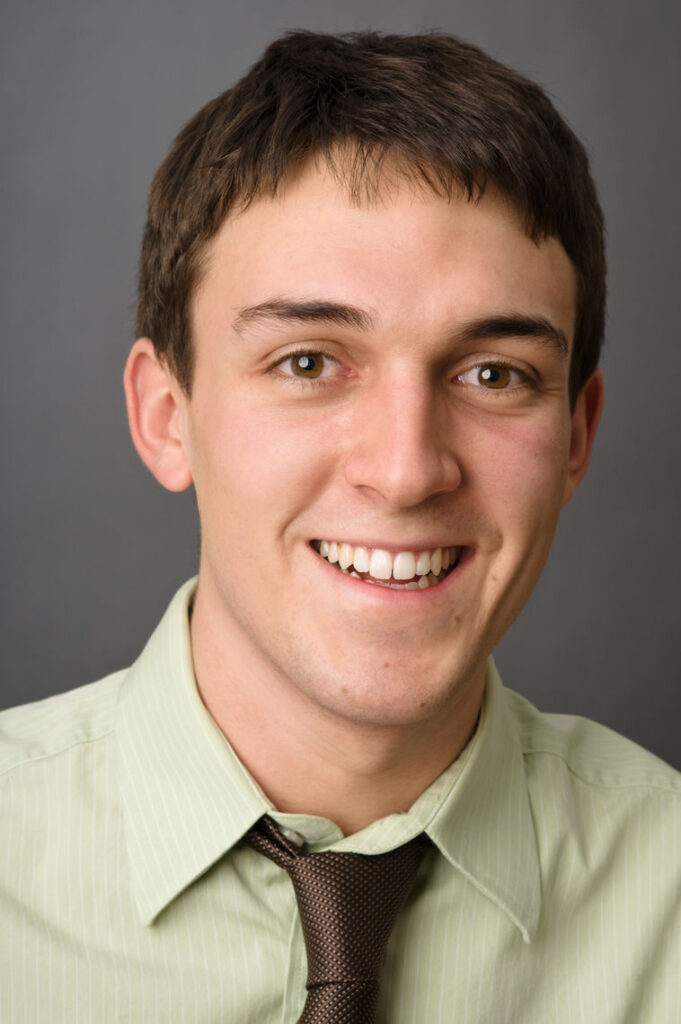- Fellow Highlights
Irresistible Speakers Designed by the Jofre Brothers, Immigrants from Colombia
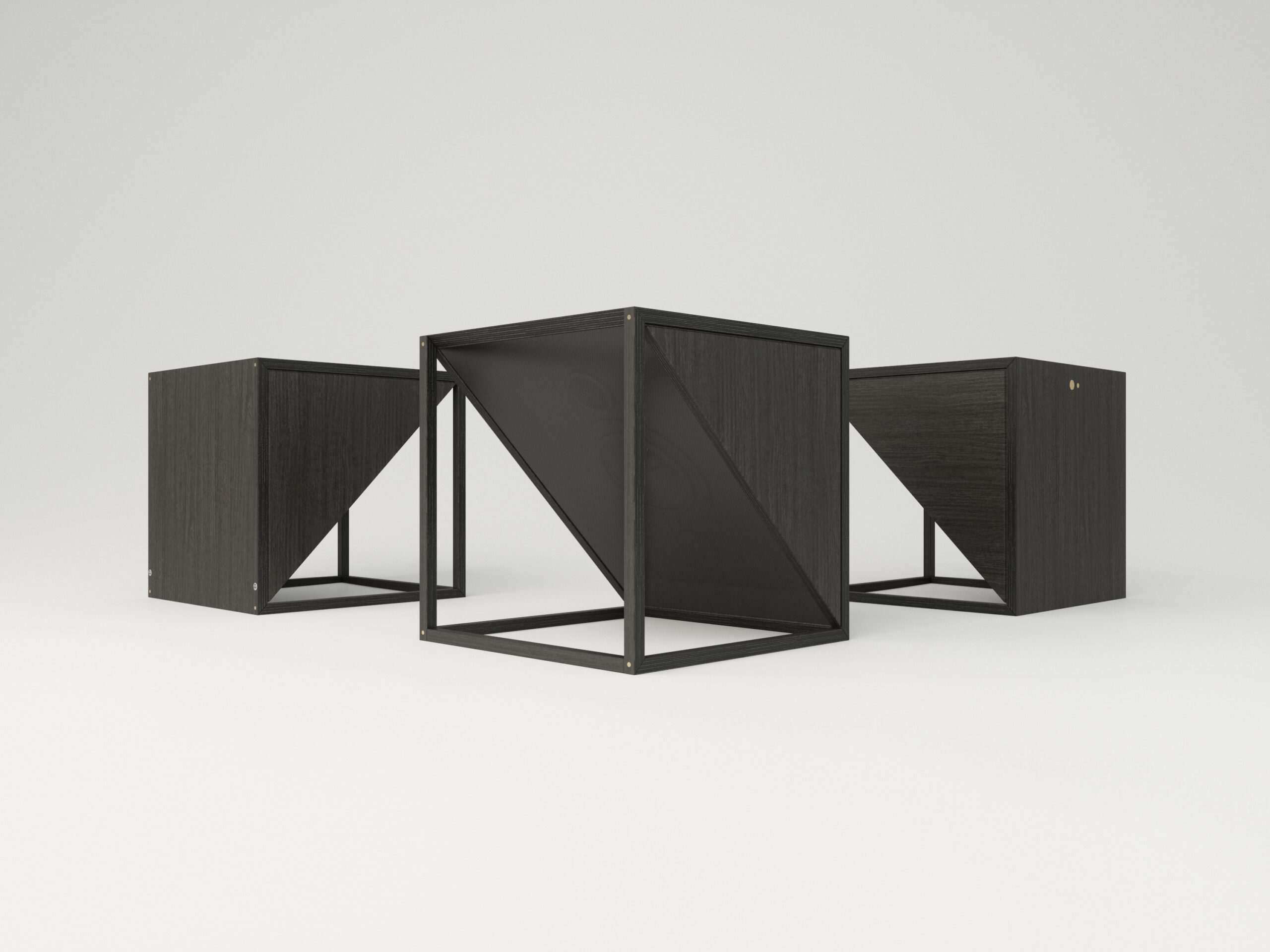
2011 Paul & Daisy Soros Fellow Juan Jofre and his brother, Pedro Jofre, launched their own speaker company in June of 2017. The Jofre brothers designed a speaker that not only has high audio quality, but is also a beautiful side table.
Born and raised in Bogota, Colombia, the brothers came to the United States with their parents when they were kids. Juan went onto study architecture at the University of Cincinnati and later received his master’s in architecture from MIT. Pedro, who studied engineering as an undergraduate and master’s student at Purdue University, is now a high school teacher in New York City.
In 2016, putting Juan’s design background together with Pedro’s engineering background, the two began to tinker with speakers in Brooklyn where they both lived. In less than a year they launched their company, Jofre Lora Audio, and had their first model, the M.1, on the market in the summer of 2017.
We asked Pedro and Juan about the speaker and the design process:

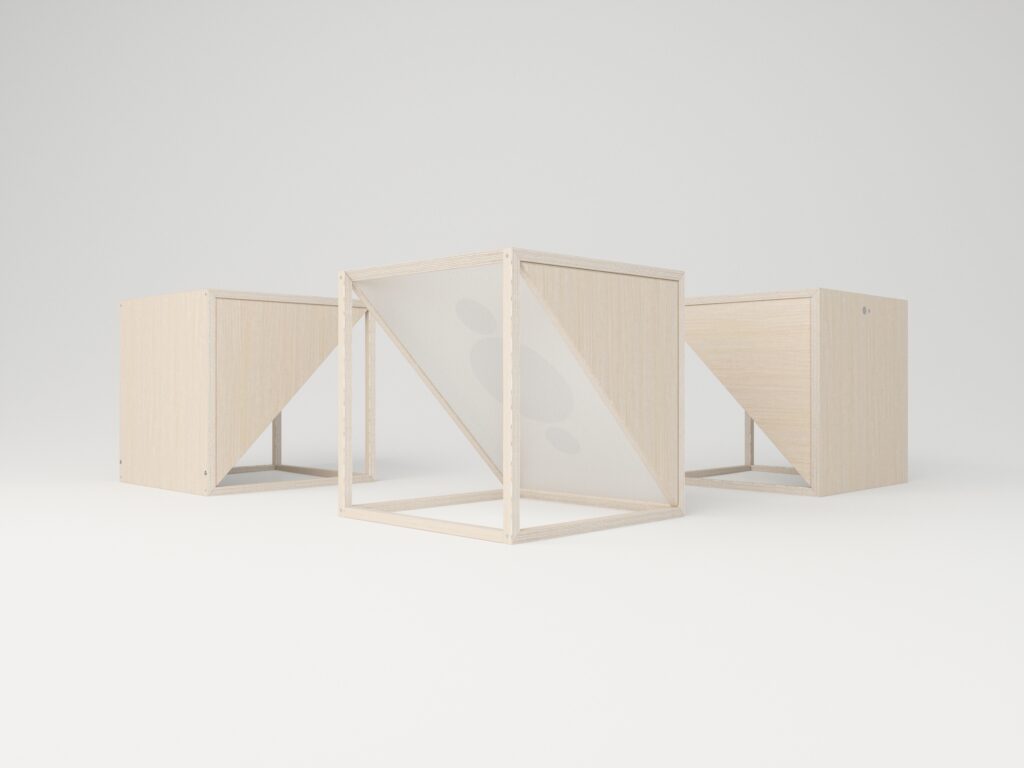
How did you come up with the idea for the speakers?
J: Well, actually, we had worked on a sound system a long time before, in 2012. Back then, Pedro offered to make me a custom speaker for my house and I said we should design it so it was part of my furniture. We ended up designing a version that would fit into the modular shelving system I had designed and built. At that time, nobody had heard of Sonos, or really any other Wifi music streaming service for home. So Pedro had to build things from a bunch of disparate components. It took a while because Pedro was just starting to learn about audio engineering, but we finally got a system working about a year later. I still have that original system at my house. The new one is much more powerful and has a more robust electronic system, but I still love my old one.
P: About a year ago we started to notice that Juan’s sound system garnered a lot of attention when he hosted dinner parties. Friends asked us about it, and they loved the concept. Right around that time I stumbled into a junk store and found a set of speakers that had clearly doubled as nightstands for someone. I brought that idea to Juan, and we started to brainstorm the concept of integrating sound systems into furniture that everyone could use. We developed the idea of the end table, and started iterating on designs.
What was the ideation process like?
J: It was very collaborative. We work very differently, we think differently, but we both realize that the other one brings something to the table that we personally don’t have. Pedro thinks about how things work and I tend to think about how things feel. But we also have moments when we surprise each other. I specifically remember the design of the buttons and then the logo. We were talking about how we didn’t want almost any buttons on the unit, and especially how we didn’t want the buttons to have any traditional symbols. I was trying to think of some clever design thing, and then Pedro came to me and said “Let’s just do the volume buttons, and let’s make a big one for more volume and a small one for less.” It was brilliant, pure design and I don’t think I’ve ever seen anything like it. Then we wanted it as the basis of our logo, and I kept trying to make it work in the traditional left-right orientation of graphic design but it looked terrible. I couldn’t see other alternatives, and Pedro just walked in and said “What if we oriented it vertically?” And it worked. So in many ways we both have our own fields of expertise, and that’s great, but there’s also been many moments when we interject into each other’s field and really help each other out.
P: In my eyes, Juan’s background in architecture predisposes him to think about how objects change spaces, and how people interact with those objects and spaces; in a sense he’s concerned with form before function. My background in engineering is almost the reverse. I’m predisposed to think about how objects work and how to optimize their utility; in a sense I’m concerned with function before form. Our ideation process was a tug-of-war between differing perspectives. I pitched an idea that was functionally sound but aesthetically grotesque, and Juan changed it to be aesthetically pleasant, which altered its functionality. With each iteration we closed the gap between beauty and function to arrive at our current design.
One amazing thing that comes out of working with people outside of your field of expertise is that they’re uninhibited by prior knowledge, so the ideas that are floated around are incredibly imaginative. For example, Juan designed the profile of the end table without considering what it would do to the sound. I’ve looked for speaker designs like ours, and I haven’t found anything remotely similar. No one’s thinking about making downward firing speakers simply because it’s not common practice and no one’s bothered to model that system. It turns out that having our drivers fire at an angle towards the floor improves the imaging and creates reflections, which people describe as “filling the room”. So it’s amazing to work with Juan for that reason: we challenge each other’s notions of what’s “right” and “wrong” in our respective areas of expertise.
Have you two ever worked on a project together before?
J: Not really. Before this year, we hadn’t lived in the same city in almost ten years, and I think we were each doing our own thing. But I think five years ago we wouldn’t have worked together quite as well.
P: Until this year we hadn’t really worked on a project of this magnitude. I think that we’ve always challenged each other in the kitchen or playing sports, but we hadn’t had the opportunity to work on a sustained project that was collaborative like this one. We’ve learned a lot about how the other person works through the process, and it’s definitely brought us closer together.
Did you two like to create things together when you were growing up in Colombia?
J: To be honest, I don’t remember making that many things in Colombia, and I certainly don’t think we made a lot of things together. But we were always playing together. We didn’t have a ton of toys so we made up a lot of games together, some more dangerous than others. One led to Pedro losing his four front teeth, but that’s a whole other story…
P: Growing up we were each creators in our own realms. Juan was almost always working on an artistic endeavor, be it drawing, painting, making ceramics, or making furniture. I was always creating things digitally or putting electronics together. We were so focused on our own curiosities that we didn’t take the opportunity to build together when we were younger, but it’s led to an amazing partnership now.
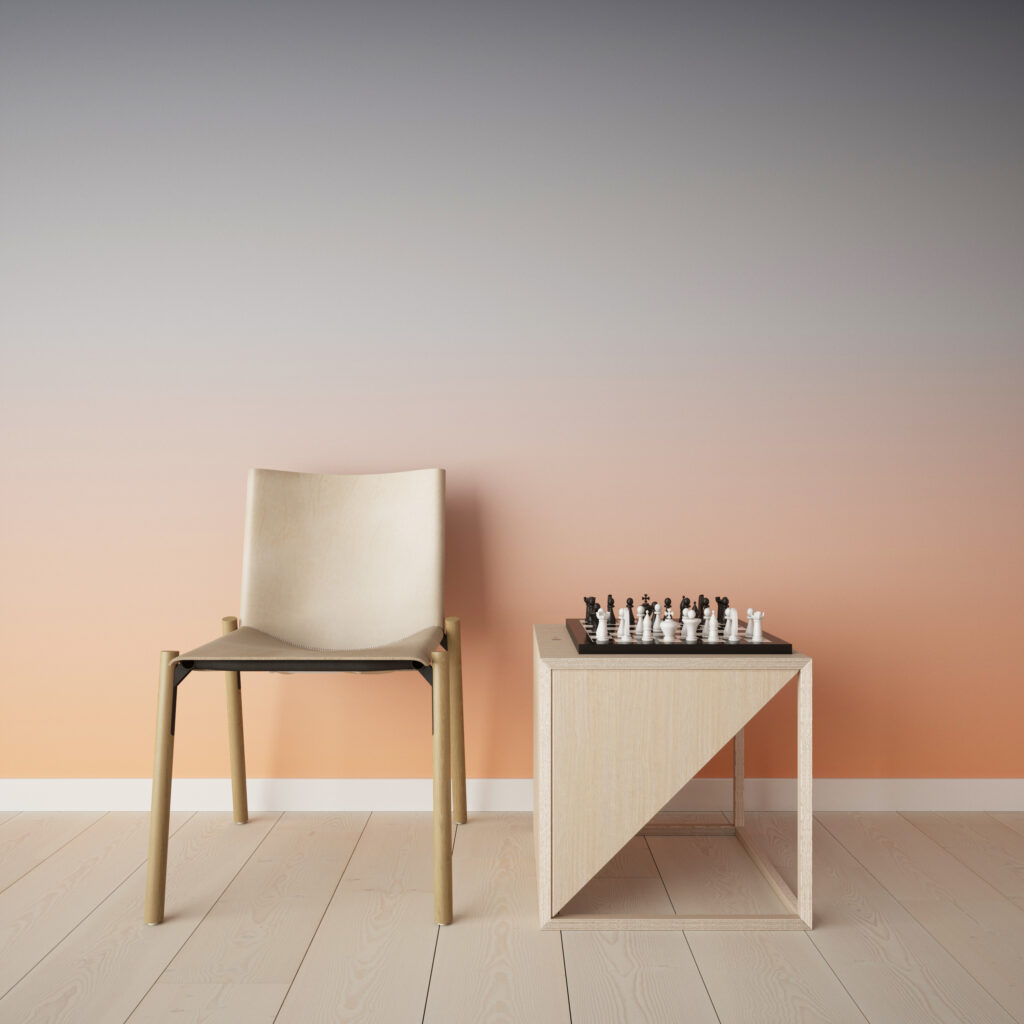
Do you think being immigrants has shaped your perspectives as designers?
J: Absolutely. I don’t have any tangible thing to point to in the speakers, or really with almost anything that I’ve designed, but I think being forced to adapt to new things quickly has shaped so much of who I am. I think the same thing goes for Pedro. We are both inventive and curious; and maybe less afraid to try something new because we had to try a whole new culture when we were young. It makes you flexible as a designer and maybe more willing to take risks.
P: There’s a huge emphasis on metacognition and empathy where I teach, and I see now that Juan and I were forced to be empathic and think about how we were thinking as we grew up. Implicitly, Juan and I had to switch between cultural norms and consider our interactions with others every day. So much of design and engineering is placing yourself in someone else’s shoes and thinking, What am I experiencing as this other person? How can I make this better for someone else? How am I prejudiced to think that this is the right solution?So I absolutely think that being immigrants has changed our perspectives as designers and engineers. I couldn’t tell you exactly how it’s changed our perspective, but I’m confident that we approach problems differently because we’re constantly “coat-switching.”
Where are you manufacturing the speakers?
P: The answer to this question is really tough at the moment because we’re scaling up production. The first units were made by hand (including the electronics) at the Gowanus Studio Space in Brooklyn. Obviously, this method doesn’t scale up well, so we’re looking to manufacture the electronics in Shenzhen, China, and make the cabinets in Austin, TX. The assembly and final QC will be done in Texas before the units ship out.
What’s your favorite quality of the speakers?
P: I’m curious to know what Juan would say, but my favorite quality of the speakers are all of the little details that we worked so hard on. I’m particularly proud of our volume control because it’s so seamless. Everyone that has had the opportunity to play with the M1 totally lights up when they realize that the brass or aluminum details on the top surface are actually the controls for the system. It’s a great moment to see people intuit the functionality (big button means more sound, little button means less sound), and play with the capacitive touch interface of the buttons. The whole experience is wrapped up in a wonderful meta-package when people realize that our logo incorporates that volume control element, which exemplifies that minimalist quality of our design.
J: I love the buttons! I don’t know anybody that doesn’t love the buttons! They are just magical—the way they are solid pieces of metal inlaid into the wood that somehow change the volume when you touch them. It’s crazy, I still don’t understand it. ∎
Keep Exploring
-
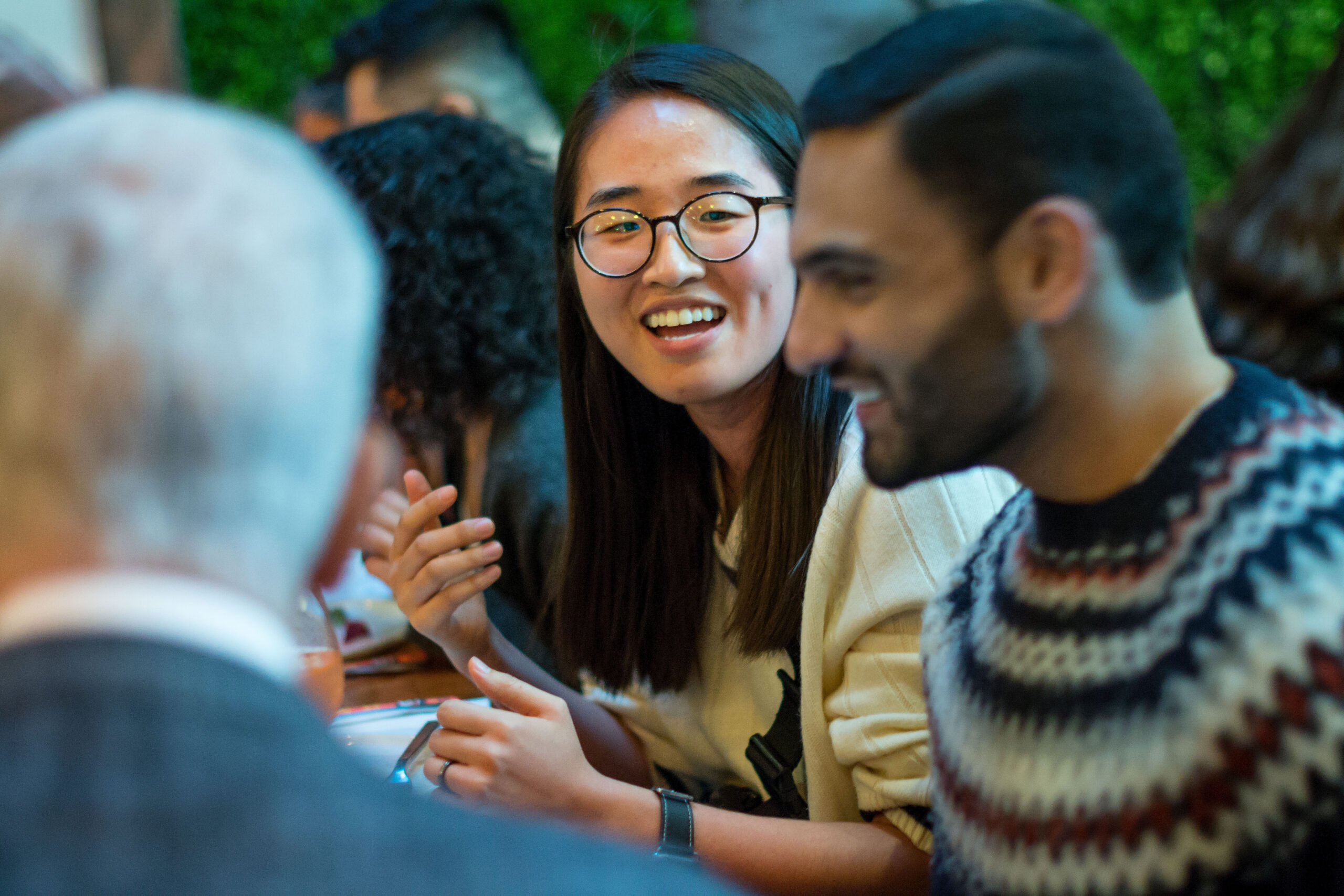 Read more: Kathy Ku Steps into Leadership as PDSFA Chair
Read more: Kathy Ku Steps into Leadership as PDSFA Chair- Board of Directors
- Fellowship News
Kathy Ku Steps into Leadership as PDSFA Chair
-
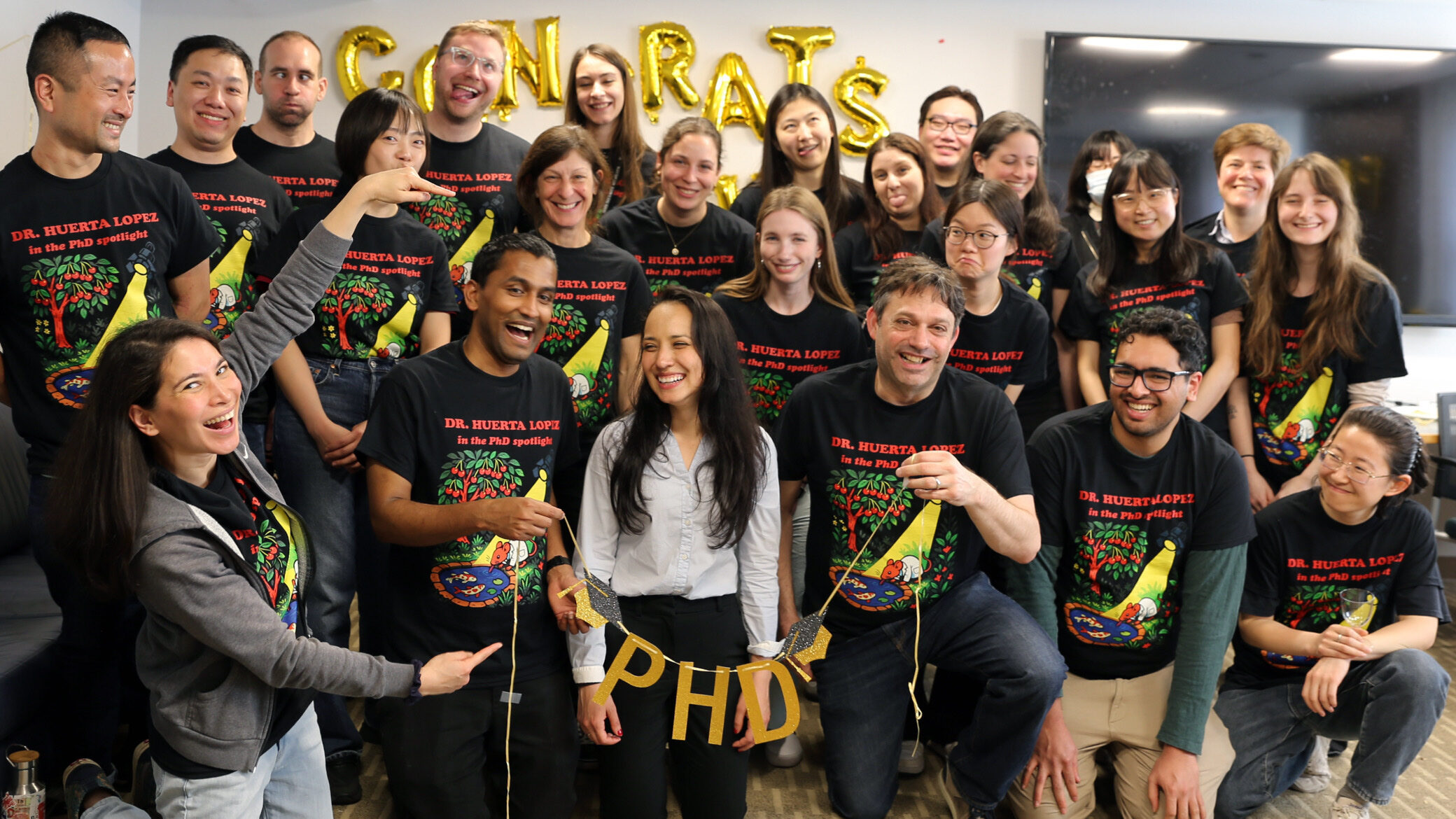 Read more: Q&A with MD/PhD Student Silvia Huerta Lopez
Read more: Q&A with MD/PhD Student Silvia Huerta LopezQ&A with MD/PhD Student Silvia Huerta Lopez
-
 Read more: PD Soros Eligibility Guide for PhD Applicants
Read more: PD Soros Eligibility Guide for PhD Applicants- Applicant Information
PD Soros Eligibility Guide for PhD Applicants
-
 Read more: Watch: Optional Exhibits & Recommendations
Read more: Watch: Optional Exhibits & Recommendations- 2025 Information Sessions
Watch: Optional Exhibits & Recommendations
